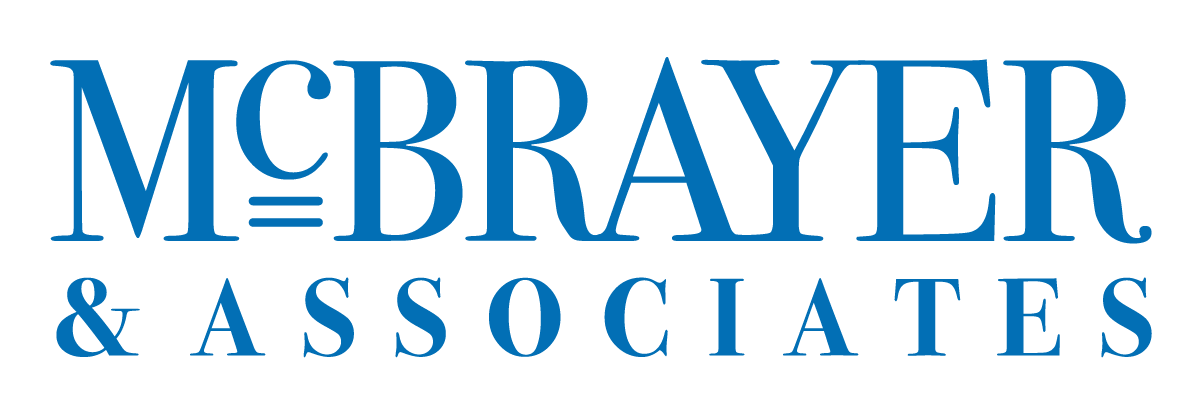4 Secret Objectives that Change Your Prospect’s Mind

If your prospect already trusts you but they don’t see a need for change, your job as the seller is to create urgency. The best way to develop urgency is to optimize Program on Persuasion’s second tool of persuasion, the discovery question.
These questions have four objectives that keep us on the fast-track to persuasion. This post details our corporate sales training’s four simple objectives behind asking our questions:
- Seek to understand: before we can persuade anyone, we need to understand their perspective on the situation.
- Find their aspirations: before we can develop urgency, we need to work toward what the prospect finds valuable.
- Reframe the conversation so that the prospect can see the possible outcome of their success.
- Unveil their pain: show them how much not changing hurts!
The Situation in the Middle of the Sales Funnel
In the Middle of the Sales Funnel, our corporate sales training has already provided the ways to establish trust. When we arrive in the MOFU, our prospect may not know they have a problem. Our goal is to show them that they do have a problem, what it costs them, and how great the business could be if they fixed that problem.
Seek First to Understand
Before we persuade anyone to make a change, we first need to understand their perspective. The most common mistake that sellers make, as you probably remember from other Program on Persuasion writings, is that we sell too soon, before we can understand the buyer.
In order to convince the buyer that they even have a problem, we need to totally understand their situation the way that they see it. To understand, we have to ask them. Our corporate sales training shows just how to do that.
By the way…
The counterfeit to this trigger is waiting quietly for the prospect to finish speaking while we are thinking of what we want to say. In this pseudo-understanding, we never really listen, and so we never really understand the buyer.
Find Others’ Aspirations
When people discuss their desires, they form a mental picture of them. Encourage your prospect to daydream. The more clearly they dream, the more visceral that changed-scenario becomes, the more real it seems. The more real their aspirations seem, the more likely they are to try to reach them.
Aspiring gives a realistic goal that change can achieve.
By the way…
The opposite of this trigger is focusing only on the buyers’ problems or pains. The counterfeit falls into this error as well: we can’t assume that one size fits all. The outdated Feature and Benefits selling method assumes that every buyer wants the same outcome, and they do not all want the same things.
Reframe the Conversation
Reframing creates a different way of looking at an interaction or opportunity. Potential buyers engage sellers when they want insight, and reframing lies in changing the buyers’ fundamental assumptions.
For example, if the buyer wants to talk about price per unit, reframing involves asking about the total cost of acquisition. In other words, the competitor’s product may be less expensive, but we don’t accept that information as the final evaluation. If the price does not include delivery or warranty, or the more expensive product is 50% more efficient, then we can reframe the conversation. We as the seller would pivot off the price issue by asking the buyer to reveal the rest of the story.
Unveil Their Pain
People are more motivated to avoid pain that to acquire gains. Most buyers don’t realize their own needs until it’s too late. Program on Persuasion’s corporate sales training teaches that in order to be persuasive, sellers need to help customers discover their problems and the consequences of inaction.
The most common issue for sellers is that we assume that buyers already know their pains when in fact they are unaware. If the buyers knew they had problems, they would already be acting to resolve their issues.
By the way…
The biggest mistake that sellers make is offering a Features-and-Benefits solution as soon as we discover a need. But before we can persuade, our prospects must understand the cost of their problem before they can evaluate the cost of our solution.
Conclusion
Program on Persusasion’s corporate sales training has four simple objectives that fast-track the seller to persuasion. Our questions seek to understand, find prospects’ aspirations, reframe the conversations, and unveil their pain. We do this in order to show the prospect that even though they may not have known it before, their crisis exists, and it is urgent! With these four objectives, we rise higher on the prospects’ to-do list, ultimately inspiring them to make a change!
Image by S. Charles.
